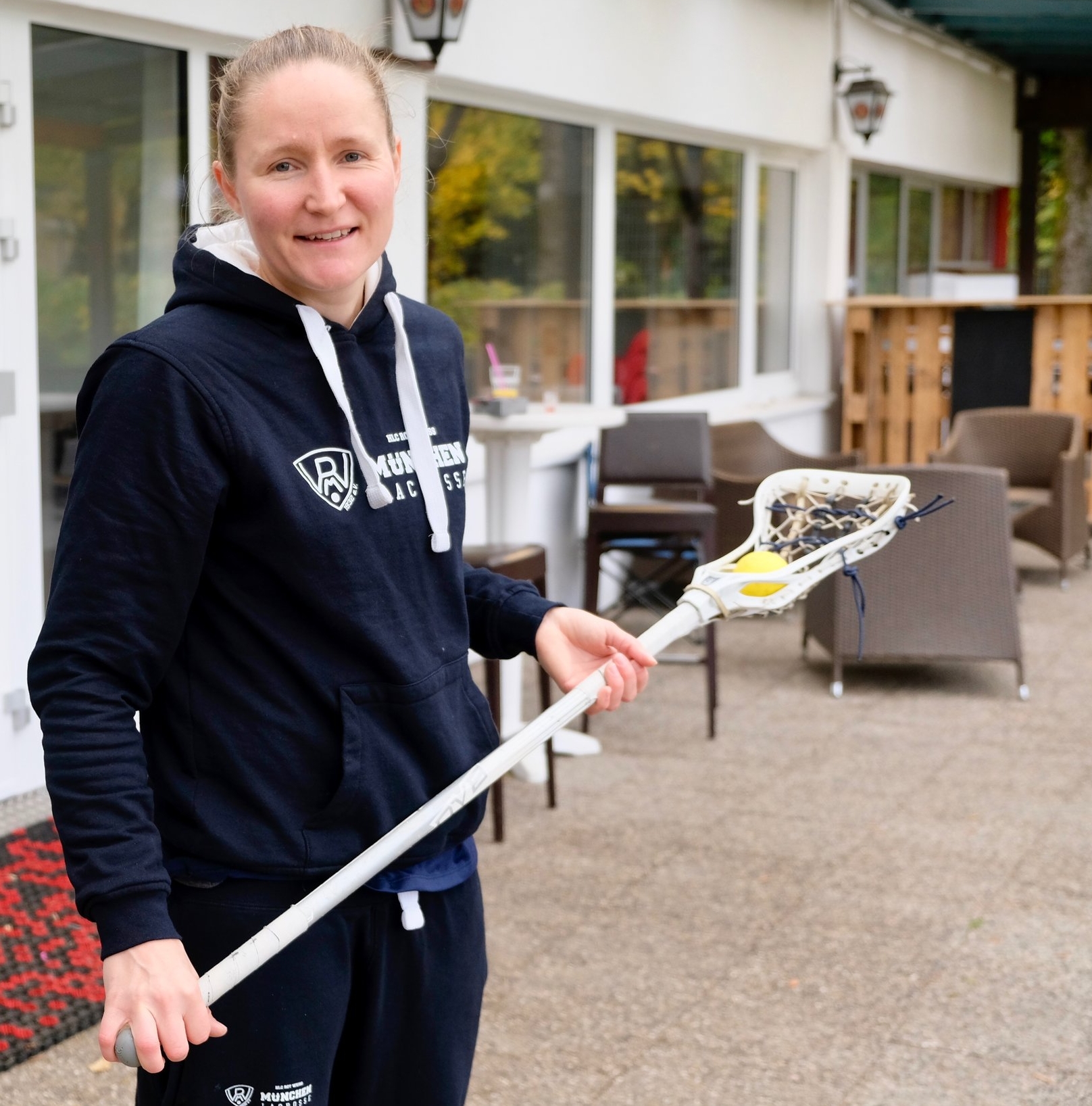The precise reasons why a young Swedish schoolgirl has managed to capture the imagination of millions of people across the globe aren’t really clear. But a couple of weeks ago, when along with my kids I stumbled upon a demonstration supporting Greta Thunberg and demanding action on climate change, it was hard to be anything but impressed.
Watching kids of all ages march, sing and shout their collective way (shutting a busy road in the process) past Munich’s city centre Viktualienmarkt was like a proverbial breath of fresh air. The callowness of many, and with it their sheer belief that they could change the world for the better, was a joy. But what hit home was also their sense that the current and older generations were failing and they needed something akin to a giant kick up the arse.
As next week’s Munich Security Conference highlights, however, demos come and go in large cities. And my age-inspired cynicism meant that the school children’s Munich demo would have limited real impact on me. In truth, though I was enthusiastic, stirred even and optimistically discussed what we’d seen with my kids, they were much more energised than me, and they were much more able to put into words the failings of society in regard to the environment.
What I hadn’t expected was my not-yet teenage daughter announcing a week later that she wanted to join the next Munich Fridays For Future demo, and a group of her school friends basically had sorted it all out. Even more of an eye-opener was that I the discovered that the school had either facilitated the kids’ attendance or at least through a tacit ok allowed them to leave the school earlier than usual to be at Munich’ central Marienplatz at 11 am.
I went down with my son to watch and was taken by the elegance and honesty of the speeches, the earnestness of the participants, and the overwhelming desire that change was needed and would soon happen.
Ok, with my cynical, journalist’s hat on, it’s ludicrously naive to think that a 15-year-old Swedish school girl might be in with even a remote chance of changing the world. But, part of me wants – maybe needs – to believe, not just that change is possible, but that the idealism of teenagers could play an important role in doing so..





